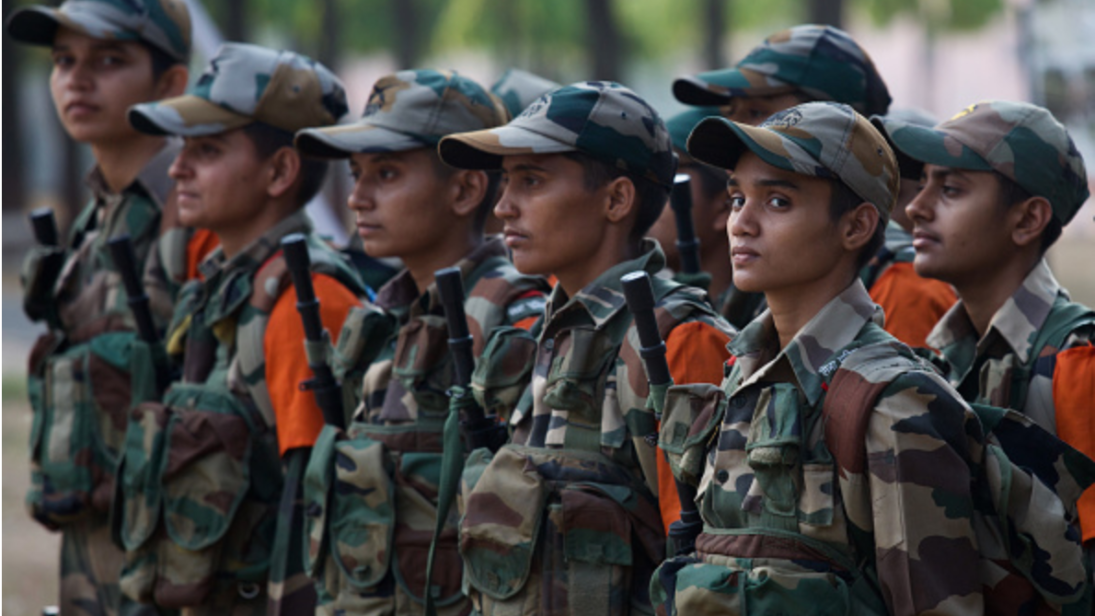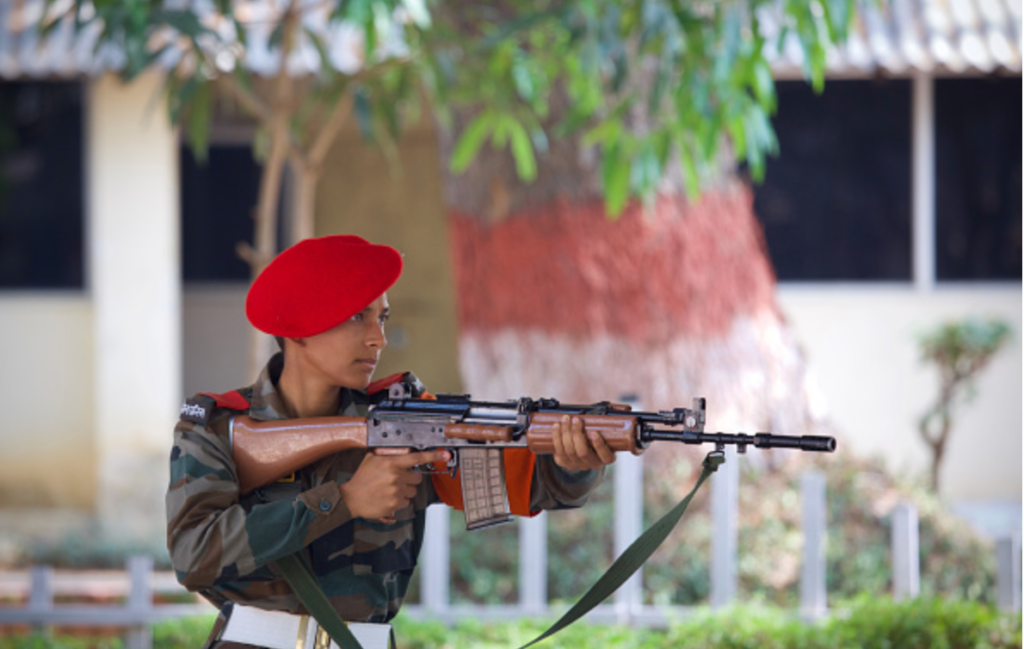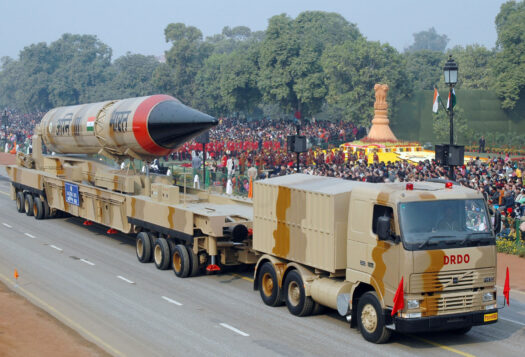
It is almost universally recognized that promoting the empowerment of women and girls leads to improved governance, economic growth, better human development indicators, and overall stability in any country. Further, for the past decade, a growing body of academic research indicates that investing in women’s economic, political, and social participation leads to an important outcome: a wealthier, and more peaceful world.
Despite this, several governments have operated in a gender-blind manner when considering some of the “hard” “big ticket” items of trade or national security. There has been a growing discourse in recent years in Asia on the need to push governments to be more gender inclusive in areas of foreign policy and diplomacy. The application of a gender lens to issues that are considered soft, i.e., health, human rights, GBV, migration versus what are considered hard issues, i.e., trade, security, conflict needs to be reassessed with an equitably balanced gendered perspective.
What is required is a “Feminist Foreign Policy” (FFP) approach to unpack the perceived demarcation between “hard” and “soft,” issues and engage across issues and sectors from a position of equity and inclusion. A gendered foreign policy approach considers gender in everything—starting from increasing the representation of women in the foreign/ diplomatic services to decisions regarding foreign assistance, trade policy, bilateral water governance, security, and peace.
A “Feminist Foreign Policy” (FFP) approach is required to unpack the perceived demarcation between “hard” and “soft,” issues and engage across issues and sectors from a position of equity and inclusion.
Defining a Feminist Foreign Policy
An FFP framework enables us to advocate for countries to institutionalize the application of a gender equality lens in all multi and bilateral diplomatic engagement that define development assistance, trade, peace and conflict, and global and national security interest. It requires us to question and address the historically ingrained principles of patriarchy that have come to define our understanding of state identities, diplomatic norms and practices, and the role of power and authority.
The term “feminist foreign policy” was first coined by Sweden in 2014. The Swedish model focuses on three Rs: rights, representation, and resources for women and girls, and commits to applying a systematic gender equality perspective throughout their whole foreign policy agenda. The three main areas where it is applied include: foreign and security policy, development cooperation, and trade and promotion. Countries that have adopted gender equality strategies within their development agencies include Canada, Ireland, Japan, the United Kingdom, France, and Mexico. Mexico was the first country in the global south to announce a Feminist Foreign Policy in January 2020. Mexican FFP is guided by the following principles: a gender perspective in foreign policy, parity within the foreign ministry, combating gender-based violence, visible equality, and integrating feminism into all areas of the foreign ministry.
In the piece on Gendering Foreign Policy: A Comparative Framework for Analysis published in the Foreign Policy Analysis journal, academic experts have broadly defined “pro-gender equality” norms, which are comprised of four types of commitments in the foreign policy space: (1) explicit practice of “gender mainstreaming” as a policy approach to advance gender equality and women’s rights as key issues within and across foreign security and defense, economic development, trade, aid, and humanitarian policies and at all levels of foreign policy-making; (2) international development assistance that substantially targets gender inequality and seeks to transform gender relations; (3) focus on women’s security and human rights as indicators of state stability and international security as evidence by commitment to the United Nations Women’s Peace and Security (WPS) agenda and the adoption of WPS National Action Plans (NAPs); and (4) other concrete foreign policy gender equality institutional or legislative mechanisms, such as establishing global ambassadors for women and girls’ empowerment or explicit commitments to promoting women’s leadership within the foreign policy portfolio to achieve greater gender equality.1
The COVID-19 Era Demands Gender-focused Foreign Policy in South Asia
Today as the world battle’s the COVID-19 pandemic, we are faced with unprecedented disruption of lives across nations and communities and upended global economies beyond anything experienced in nearly a century. The human costs in terms of lives lost, along with the cost of elevated levels of poverty, loss of jobs and livelihood, long and short-term health impact, and increased disparity will have a long-term impact on economic recovery and growth. Now more than ever, it has become imperative to recognize that gender equity will need to be factored in as a key denominator to enable a sustainable economic turnaround globally.
This will necessitate that countries consciously identify, prioritize and mainstream principles of gender equity in all development assistance or aid, economic stimulus packages and trade policies that they negotiate and roll out, bilateral and or multilateral collaboration on healthcare and medical research, clean energy and climate goals or any other issue that impacts long term socio-economic sustainability and growth. Mainstreaming the FFP approach policy will require articulation of gender principles in programs and policies, allocation of budget to facilitate the technical support needed to undertake sectoral gender analysis, and support the capacity needed to translate the policies and programs into action across foreign policy engagements.
We must recognize that the traditional way of how we engage with foreign policy needs revisiting. Today for example, women’s peace and security issues are central to any negotiations or engagement on peace processes. Nation states and multilateral agencies are more cognizant of that need and are trying to articulate that perspective in different spheres of foreign policy engagement. We are also witnessing many countries overturn democratically elected governments and move to more authoritarian and repressive regimes, in South Asia and beyond. This has contracted the space for equitable and inclusive engagement and any foreign policy considerations under such circumstances will require a well-defined gendered (feminist) perspective, to ensure that we do not endorse or help promote inequity and marginalization.
In South Asia, we need to take our national wins and boarded perspectives on gender equity and ensure that they resonate in our foreign policy engagement.
Perhaps the time is ripe for Asian leaders to craft a gendered foreign policy that is unique and applicable to Asian countries and initiate a discussion on gender mainstreaming ideologies. Countries across Asia may not have National Action Plans, but they have implemented policy decisions (both domestic and foreign) that signal a change. India’s gender budget is one such example, and there may be many others. South Asia has also invested a lot in opening up opportunities and spaces for women that were traditionally perceived to be “male only”. For example, the access created for women in frontline combat units of defense services in India and Bangladesh. We need to take our national wins and boarded perspectives on gender equity and ensure that they resonate in our foreign policy engagement. 2
In India, foreign policy officials have acknowledged the need to address this. India’s External Affairs Minister, in a recent article, was quoted as follows “I agree that we need to look at the world from the perspective of women, we need to gender-balance foreign policy. We need to look at three things here: Getting more women to engage with foreign policy issues, reflect women’s interests in foreign policy, and bring in a feminist perspective to foreign policy.”
Currently, only around 74 free trade agreements reference gender—one which notable is the 2016 Chile-Uruguay agreement which has an entire chapter on gender. Therefore, trade policy is certainly a tool which can be used to advance gender equality. The same can be said for defense policy—in which at the ministerial level, countries can firmly commit to a minimum percentage of women in military, police, and peacekeeping forces, and also enforce policies to ensure retention of women in these roles. Enacting and implementing policies which issue guidance, set targets, and focus on integrating gender into otherwise gender-blind policy documents such as trade agreements, for example, goes a long way in securing sustainable resolution for economic growth that is based on a commitment to promoting human security and inclusion. The feminist movement has created the space to push policies to look at gender equitable engagement across sectors. These are hard won battles, and the application of these wins should not be compromised. We need to mainstream the equity and rights discourse as an integral part of every country’s engagement with one another and embracing a Feminist Foreign Policy approach can help us do that.
The author would like to acknowledge inputs from Ms. Diya Nag, SPO TAF.
Editor’s Note: Since Sweden announced a Feminist Foreign Policy in 2014, several other nations have also begun this journey, however the conversation and frameworks are largely rooted in western countries. In this series, run jointly with the Kubernein Initiative, contributors from across the subcontinent discuss what it means to have a “feminist foreign policy,” and how this approach could merge efforts in foreign affairs, regional policy and geopolitics, development and women’s empowerment in South Asia. The series asks to what extent countries in South Asia have incorporated a Feminist Foreign Policy approach, and the ways in which a gender-conscious approach may support security, democracy, and diplomacy on the subcontinent.
***
Click here to read this article in Urdu.
Image 1: Abhishek Chinnappa/Stringer via Getty Images
Image 2: Abhishek Chinnappa/Stringer via Getty Images
- Karin Aggestam and Jacqui True, Gendering Foreign Policy: A Comparative Framework for Analysis, Foreign Policy Analysis 16 (2020), 143-162, https://pdfs.semanticscholar.org/aba0/79dc0d71201fe8398fe2217213a112bd5e44.pdf.
- Ibid.


